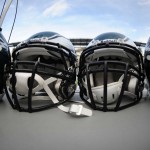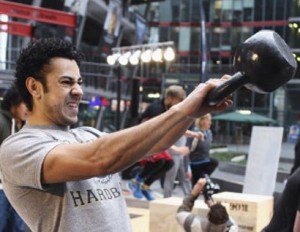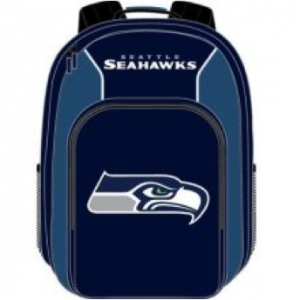Week four of the Seattle Seahawks football season has taken a few hits. Eight players are on this week’s injury list. It’s a reminder to both professional and non-professional athletes that playing smart is the best way to reduce your chances of injury in this contact sport.
The 8 Most Common Football Injuries:
Not including head injuries, the most common musculoskeletal injuries include:
1) ACL injuries – The anterior cruciate ligament in the knee can become damaged or torn when a player is impacted from the front or rear.
2) MCL injuries – Injury to the medial collateral ligament in the knee is also very common because it occurs when the knee is impacted from the side.
3) Torn meniscus – When a player rotates their body while a foot stays planted, the knee can twist, causing the meniscus to tear.
4) Ankle sprains and strains – Perhaps the most common injury in all sports, ankles are susceptible to soft tissue damage when pivoting, changing direction, or putting too much pressure on the joint.
5) Muscle contusions – A strong impact to a large muscle, usually in the thigh, can cause a contusion. This is basically a large, deep bruise that can impair muscle function.
6) Torn hamstrings – Bursts of speed can cause the hamstrings to tear if the player is not conditioned or properly warmed up.
7) Shoulder tendinitis – Frequent throwing can cause overuse injuries like shoulder tendinitis from repetitive motions.
8) Shoulder separation or dislocation – A direct blow below the shoulder can cause a separation of the acromioclavicular joint, while a dislocation occurs when the head of the humerus detaches from the scapula.
The treatment protocol for these football injuries varies and can range from basic RICE (rest, ice, compression, elevation) to surgery, with several options in between. For all of these injuries, RICE can be improved with active cold and compression therapies to help speed up the healing process for injuries. Cold compression therapy can also be used after surgery to help speed up the recovery process.
According to Dr. Peterson, “While injuries are an unavoidable consequence of contact sports, indeed any sport, the risk of injury can be dramatically lowered by proper background training and techniques. Additionally, proper conditioning can speed recovery times after injury reduce the chance of recurrent injury.”
Here are some helpful tips on how you can reduce your chances of a football injury:
-Have a pre-season health and wellness evaluation
-Perform proper warm-up and cool-down routines
-Consistently incorporate strength training and stretching
-Hydrate adequately to maintain health and minimize cramps
-Stay active during summer break to prepare for return to sports in the fall
-Wear properly fitted protective equipment, such as a helmet, pads, and mouthguard
-Tackle with the head up and do not lead with the helmet
-Speak to a sports medicine professional at OSS if you have any concerns about football injuries or football injury prevention strategies
If you believe you are suffering from a sports-related injury and need specialized orthopedic care, the orthopedic surgeons at OSS provide excellent treatment options for your injury. Please feel free to contact OSS at (206) 633-8100 to schedule an appointment.

 CrossFit is a mode of exercise that targets cardiovascular and respiratory endurance, strength, flexibility, mobility, stamina, power, speed, agility, coordination and balance. The workouts change daily and can be performed by individuals at all fitness levels.
CrossFit is a mode of exercise that targets cardiovascular and respiratory endurance, strength, flexibility, mobility, stamina, power, speed, agility, coordination and balance. The workouts change daily and can be performed by individuals at all fitness levels.
 It’s back to school season it’s time to clean out those backpacks to make room for the new school year!
It’s back to school season it’s time to clean out those backpacks to make room for the new school year! 